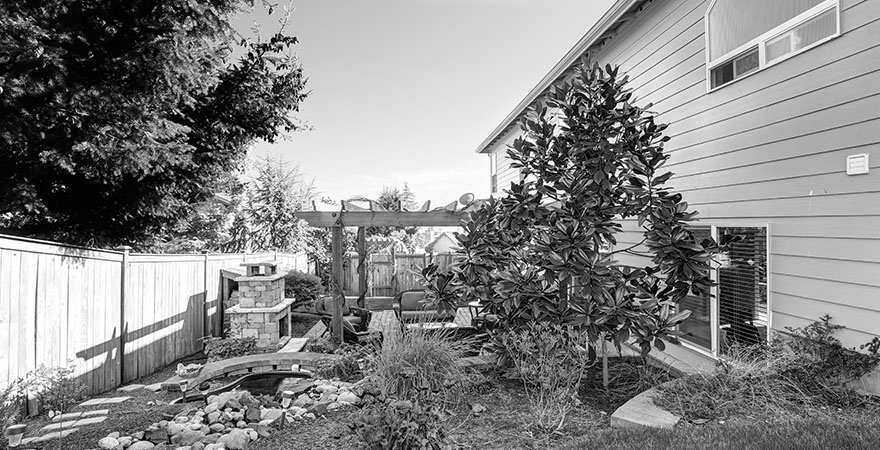History to Hydroponic indoor garden with herbs and plants
For those of you who are not familiar with hydroponic gardens, here is a quick run through that will have you up to snuff in a very short time. Hydroponic is a technique of growing plants using water and a nutritional solution. This is all done without the use of soil and takes up a very small amount of space.
In the 18th century, researchers discovered plants absorb mineral nutrients through water. Soil has, for many years, served as the source for these nutrients but soil is not essential for plant growth. Nutrients are dissolved in water and then the plants’ roots are able to absorb these nutrients.
The benefits of hydroponics:
- No soil is needed
- Water recycles and therefore less water is needed
- Plants grow in higher yields and are more robust
- Pests and diseases are far less likely and are more controllable
A Little Hydroponic History:
Hydroponics comes from the Greek words “hydro” = water and “ponos” = work. This loosely translates to “water working”. The most famous use of hydroponic is one of the 8th Wonders of the World: The Hanging Gardens of Babylon. It is also believed that the Aztecs created rafts of crops suspended in water.
In the 19th century German botanists continued research in growing plants without soil and developing nutritional solutions.
In the 20th century William Gericke was the leading influence in bringing hydroponics to the agricultural world. He was renowned for his gigantic tomatoes which grew to an astronomical 25 feet! All grown without the use of soil.
Today, more and more home gardeners are adopting hydroponic gardens for their indoor garden to grow plants year round. From vegetable and herb gardens to flower gardens, hydroponic grow boxes are popping up everywhere.
Hydroponics and Home Gardening:
With more and more people leaning toward organic, healthy foods, hydroponics has become extremely popular. Both large production farmers and novice home gardeners are discovering the benefits of hydroponic gardening.
Hydroponic gardening allows for less grow time, healthier produce and a great deal less space. Hydroponics enables gardeners to enjoy fresh produce year round, grab fresh herbs at a moment’s notice and experience the full flavor of fresh herbs.
Growing Systems:
Growing systems run the gambit from greenhouses to polytunnels. These systems provide extraordinary protection from natural elements allowing plants to grow to their very best levels.
Polytunnels are used for large quantities of plants that come with a built in sprinkler systems, timers, and plant lights for a perfect environment. Greenhouses are perfect for gardeners to grow flowers, vegetables and other produce earlier than can be done outside.
Hydroponics allows the growing of plants anywhere at any time with the best results. Plants can be grown in the middle of a dessert or where soil conditions are extremely poor. As long as there is water with a nutrient solution, plants can be grown in gravel.
Aeroponics is a new system that suspends plants in an enclosed container. These units are kept at 100% humidity with nutrient water solutions that spray the roots of the plants. Again, soil is not needed in order for the plants to grow. Using plant lights and growing lights creates the exact light and heat needed to perform photosynthesis. All of these systems are utilized by professional and amateur gardeners with the greatest of success.
Future of Hydroponics:
Hydroponics is constantly being tested by NASA SPACE PLANT for future production in space. In order for plants to grow on Mars, a system that will allow plants to grow without any form of natural growing abilities is required. Imagine plants growing in a system that can recycle carbon dioxide and turn it back into oxygen!
The uses for hydroponics are so flexible and are constantly changing, that the possibilities are endless!

